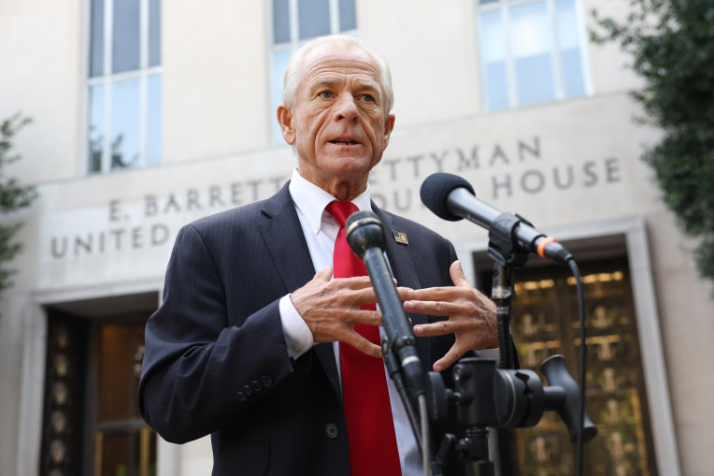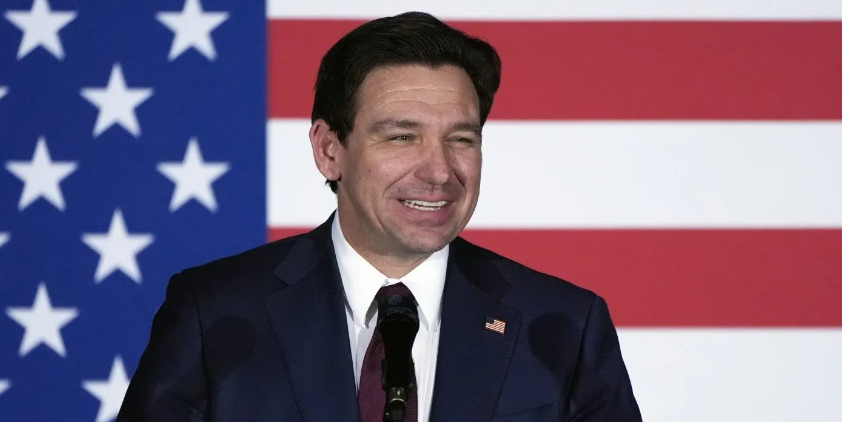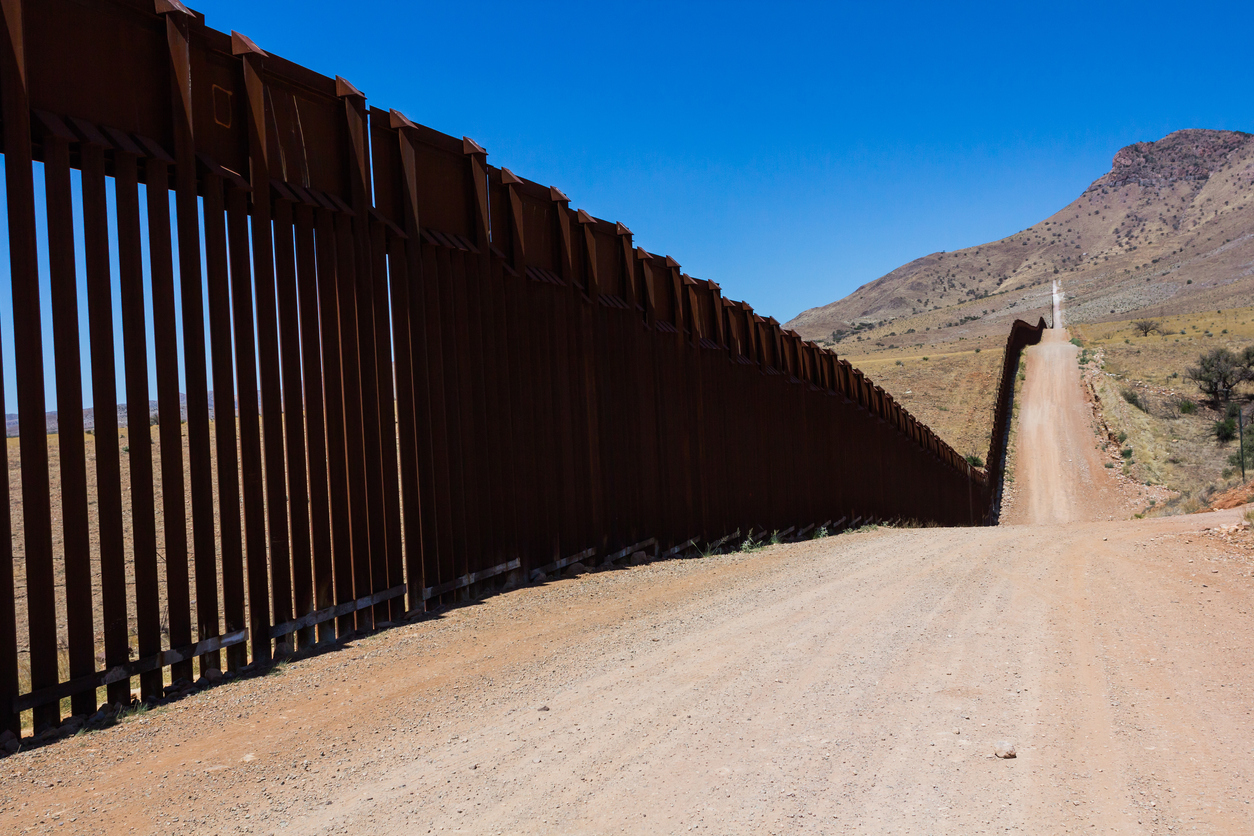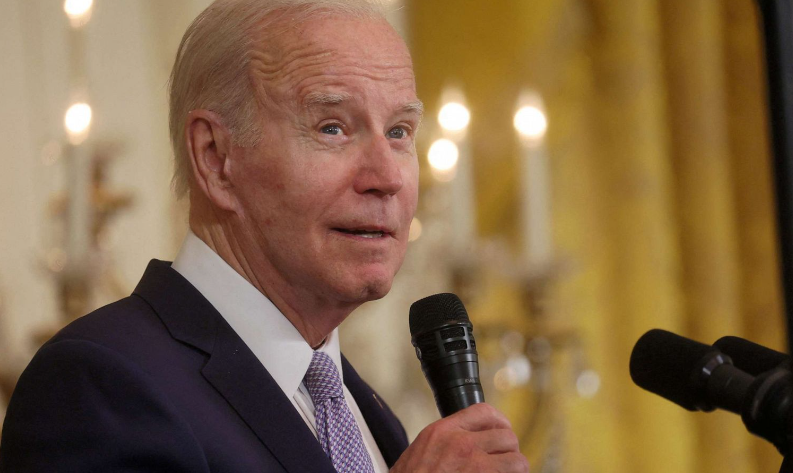
Eric Payne, a 37-year-old single father from near Portland, Maine, navigates the tightrope of financial stability with the precision of a practiced acrobat. Despite earning a decent salary in the $80,000 range as the director of quality assurance for a seafood wholesaler, Payne finds himself in a constant battle with the present, trying to ensure his two boys have everything they need while wrestling with the looming specter of retirement. His strategy, which he aptly dubs “clicking,” involves meticulously allocating his paycheck to cover essential expenses – from groceries and car payments to unexpected bills. This meticulous balancing act leaves little room for savings, placing his retirement plans on an indefinite hold.
The dance Payne performs is all too familiar for many Americans, especially single parents who find themselves prioritizing the immediate needs of their families over long-term financial planning. The idea of setting aside funds for retirement seems like a luxury rather than a necessity when every dollar is accounted for in the here and now. Payne’s story illuminates the broader issue of the retirement-savings cliff facing the United States, with an expected surge in the workforce participation of those over 75 due to inadequate retirement savings.
Historically, retirement savings in the U.S. were envisioned as a three-legged stool, comprising pension plans, Social Security benefits, and individual savings plans such as 401(k)s. However, the landscape has dramatically shifted. Pension plans have become nearly extinct, and the sustainability of Social Security is under threat, with projections indicating that the trust fund could be depleted by the mid-2030s without significant intervention. This leaves the 401(k) as the primary vehicle for retirement savings, though not without its challenges, as participation rates reveal that many Americans are either unable or unwilling to contribute.
The narrative shared by Payne and echoed by others, including Jamie, a 54-year-old single mother from Central Texas, underscores a troubling trend of Americans dipping into their retirement savings to cover immediate financial shortfalls. This practice, though sometimes necessary, can have long-term consequences, diminishing the already fragile safety net many are hoping to rely on in their later years.
As the nation grapples with this unfolding retirement crisis, the discourse around potential solutions has intensified, especially in an election year. Proposals range from pushing the retirement age past 65 to revitalizing pension plans and enhancing access to investment opportunities. Yet, for many like Payne and Jamie, these discussions offer little solace as they confront the daily realities of making ends meet.
The retirement crisis is not merely a financial dilemma but a reflection of deeper societal and economic challenges. It speaks to the need for a comprehensive reevaluation of how we approach retirement planning, prioritizing sustainability and inclusivity to ensure that future generations do not find themselves in the same precarious position.
For individuals like Payne, the dream of a secure retirement remains just that—a dream. As they navigate the present with determination and resilience, the hope is that a collective effort can pave the way for a more secure future. Until then, the clicking continues, with each decision echoing the broader struggle of balancing today’s needs with tomorrow’s uncertainties.











